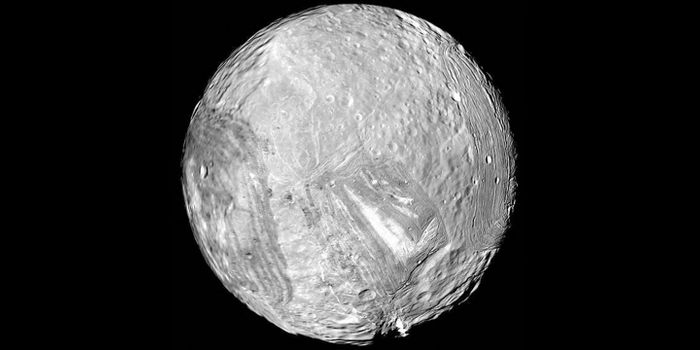Exoplanets Orbiting Red Dwarfs Are Unlikely to Support Life
Normally when NASA starts looking for exoplanets that have the capability of supporting life, they look for the habitable zone around a Star and peruse it for any signs of Earth-like exoplanets.
With each star, heat and light are both given off, and larger stars produce more heat and light than smaller stars, so consequently, we assume that the habitable zone for larger stars is further out than that of smaller stars.
On the other hand, NASA recently added a few new factors to the mix in terms of determining what a star’s habitable zone really is, and that includes taking into account the stellar activity of that star.
More than just heat and light are emitted from a star; we also have to take into account the presence of X-ray and ultraviolet radiation, as well as stellar eruptions, such as that of solar wind. If larger stars can produce more heat and light, then chances are they’re producing more of the three aforementioned factors too, which are all negative for the existence of life.
Life as we know it requires water, and it’s difficult for water to exist in places where heat is too high. On the other hand, these forms of radiation (X-ray and ultraviolet) can yank the essential building blocks of water (hydrogen and oxygen molecules) right out of the planet’s atmosphere and into space, making liquid water formation nearly impossible (or unlikely) on that exoplanet.
As we continue our search for exoplanets that might be able to support life, NASA suggests that we have to take these factors into account as well, and perhaps we need to pay more attention to the kinds of stars we study when we do that.
According to a study published in The Astrophysical Journal Letters, red dwarf stars, which are among the coolest stars in the universe, may be more prone to exhibiting stellar activity, which can inhibit the formation of life.
In fact, younger red dwarfs can often be much more active than older ones, emitting large flares up to 10 times more powerful than those from our Sun each and every day, which compared to a red dwarf around the age of our Sun, would only happen every century or so.
The study pretty much notes that red dwarf stars are less likely to have a productive habitable zone in terms of the search for life, which can help is to eliminate possible downers from our research altogether. This is because the stellar activity increases the rate of ion escape, which has a negative impact on the formation of liquid water on these exoplanets.
Ideally, we need to find more stars just like ours, with similar age and size, and hope that we can find an Earth-like exoplanet in its habitable zone.
Perhaps even Proxima b, one of our closest stellar neighbors that was once thought to have the means of harboring life, may just be a lifeless, desolate wasteland all because its host star is a red dwarf, the type of star known to exhibit water-inhibiting qualities. Perhaps a future initiative like Breakthrough Starshot (or one similar) can help scientists to learn more about the stellar situation going on in our neighboring system(s).
“We have pessimistic results for planets around young red dwarfs in this study, but we also have a better understanding of which stars have good prospects for habitability,” Airapetian said. “As we learn more about what we need from a host star, it seems more and more that our sun is just one of those perfect parent stars, to have supported life on Earth.”
The more we see just how perfect the conditions need to be for life to exist, the more we can appreciate just how rare the circumstances are right here on Earth.
Source: NASA









